Cascarudo - Callichthys callichthys
Scientific name: Callichthys callichthys
Common name: Cascarudo
Family: Callichthyidae
Usual size in fish tanks: 13 - 17 cm (5.12 - 6.69 inch)
014
Recommended pH range: 5.8 - 8.2
Recommended water hardness: 4 - 24°N (71.43 - 428.57ppm)
0°C 32°F30°C 86°F
Recommended temperature range: 21 - 27 °C (69.8 - 80.6°F)
The way how these fish reproduce: Spawning
Where the species comes from: South America
Temperament to its own species: peaceful
Temperament toward other fish species: peaceful
Usual place in the tank: Bottom levels
Food and Feeding
Cascarudo, also known as the Armored Catfish, is an omnivore with a strong preference for live foods. While they will accept quality flakes or sinking pellets as part of their diet, supplement their meals with protein-rich options like bloodworms, brine shrimp, and small invertebrates. Take care, as Cascarudo may prey on small tank mates if they fit into their mouths. Feeding them in the evening aligns with their nocturnal nature and ensures they remain active and healthy.
Origin
Native to South America, Cascarudo inhabits a vast region, including the Amazon and Paraguay River Basins. These rivers are characterized by slow-moving waters, rich vegetation, and sandy substrates. This wide distribution makes them adaptable to various water conditions, provided the environment is stable and well-maintained in aquariums.
Sexing
Sexual dimorphism is evident in Cascarudo. Females exhibit an olive-green body coloration, while males are typically more vibrant, especially during the breeding season. Observing their behavior during courtship can also help distinguish the sexes, as males actively build and guard bubble nests.
Breeding
Cascarudo is a bubble-nesting species. The male constructs a bubble nest at the water's surface, often incorporating floating plants for added stability. Once the nest is ready, the male invites the female to lay eggs within it. After spawning, the male assumes full parental duties, guarding the nest until the fry emerge. Hatching typically occurs within a few days, and the fry become free-swimming after about four weeks. Feed the fry newly hatched brine shrimp or finely crushed flake food to support their early development.
Lifespan
With proper care, Cascarudo can live for 5-8 years. Regular maintenance of water quality and a varied diet are key to their longevity and well-being.
Tank Setup and Conditions
Cascarudo requires a spacious tank with a capacity of at least 100 liters (26 gallons) to accommodate their size and active behavior. A tight-fitting lid is essential, as they are excellent jumpers and may escape if the tank is not properly secured. Use a soft, sandy substrate to mimic their natural habitat and prevent injuries to their barbels.
Provide plenty of hiding spots using driftwood, rocks, and dense vegetation to create a secure environment, especially during the daytime when they are less active. Maintain water temperatures between 21-27°C (69.8-80.6°F), a pH of 5.8-8.2, and moderate hardness levels. Keep the tank dimly lit to reflect their nocturnal nature, and perform regular water changes to maintain high water quality.
Compatibility
Cascarudo is a peaceful species that thrives in community tanks with similarly sized non-aggressive fish. Ideal tankmates include Angelfish, larger Tetras, and other South American species like Ram Cichlids. Avoid housing them with very small or delicate fish, as they may inadvertently become prey.
Short Description
The Cascarudo (Callichthys callichthys) is a nocturnal, bottom-dwelling catfish known for its impressive jumping ability and armored appearance. These hardy fish are well-suited for aquarists who can provide a secure, well-maintained environment with plenty of hiding spaces and a peaceful community of tankmates. With proper care, they make a fascinating and unique addition to South American-themed aquariums.
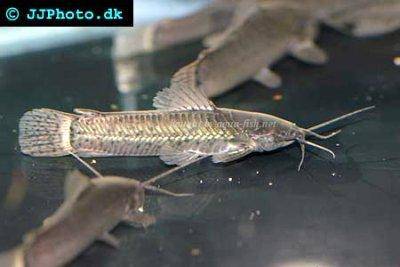


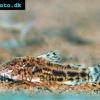 Aspidoras
Aspidoras 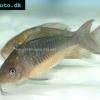 Giant
Giant 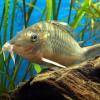 Hognosed
Hognosed 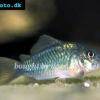 Emerald
Emerald 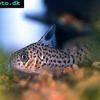 Acre
Acre 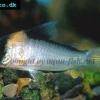 Adolfo’s
Adolfo’s 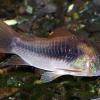 Bronze
Bronze 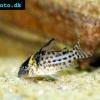 Agassizii’s
Agassizii’s 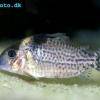 Spotted
Spotted 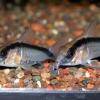 Skunk
Skunk 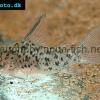 Corydoras
Corydoras 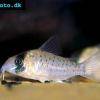 Fairy
Fairy 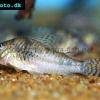 Corydoras
Corydoras 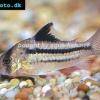 Pink
Pink 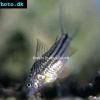 San
San 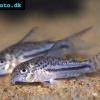 Bond’s
Bond’s  Spotted
Spotted 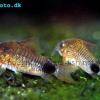 Tailspot
Tailspot 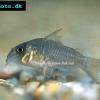 Concolor
Concolor 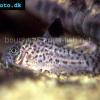 Cope’s
Cope’s 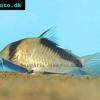 Sand’s
Sand’s 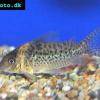 False
False 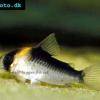 False
False 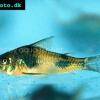 Ehrhardt’s
Ehrhardt’s 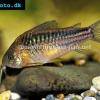 Elegant
Elegant 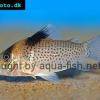 Saddle
Saddle 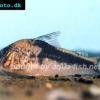 Fowler’s
Fowler’s 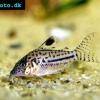 Gomezi
Gomezi 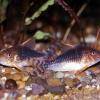 Palespotted
Palespotted 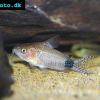 Guapore
Guapore 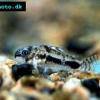 Dainty
Dainty 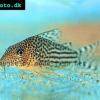 Mosaic
Mosaic 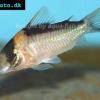 Imitator
Imitator 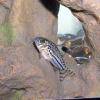 Julii
Julii 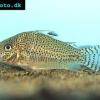 Leopard
Leopard 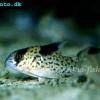 Black
Black 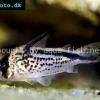 Slant-bar
Slant-bar 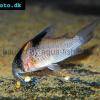 Bluespotted
Bluespotted 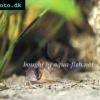 False
False 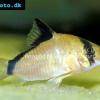 Bandit
Bandit 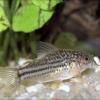 Mini
Mini 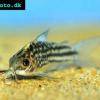 Napo
Napo 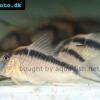 Corydoras
Corydoras 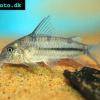 Blue
Blue 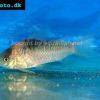 Nijssen’s
Nijssen’s 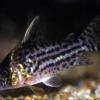 Ornate
Ornate 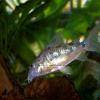 Peppered
Peppered 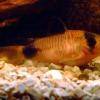 Panda
Panda 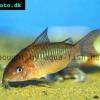 Albertini
Albertini 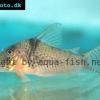 Pastaza
Pastaza 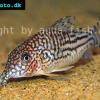 Corydoras
Corydoras 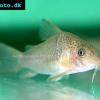 Many-spotted
Many-spotted 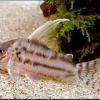 Pretty
Pretty 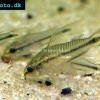 Dwarf
Dwarf 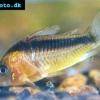 Iridescent
Iridescent 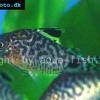 Reticulated
Reticulated 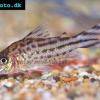 Bannertail
Bannertail 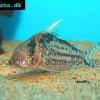 Robust
Robust 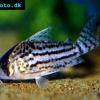 Schwartz’s
Schwartz’s 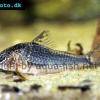 Black
Black 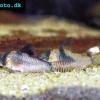 Longnosed
Longnosed 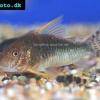 Seuss’
Seuss’ 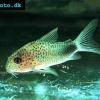 Smudge
Smudge 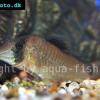 Masquerade
Masquerade 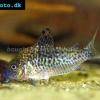 False
False 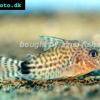 Millenium
Millenium 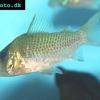 Pinkthroat
Pinkthroat 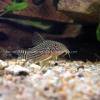 Sterba’s
Sterba’s 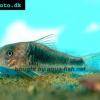 Longsnout
Longsnout 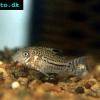 False
False 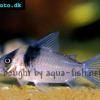 Miguelito
Miguelito 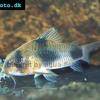 Twosaddle
Twosaddle 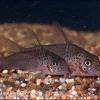 Xingu
Xingu 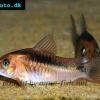 Black
Black 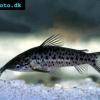 Porthole
Porthole 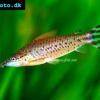 Flagtail
Flagtail 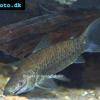 Brown
Brown 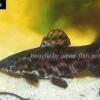 Spotted
Spotted